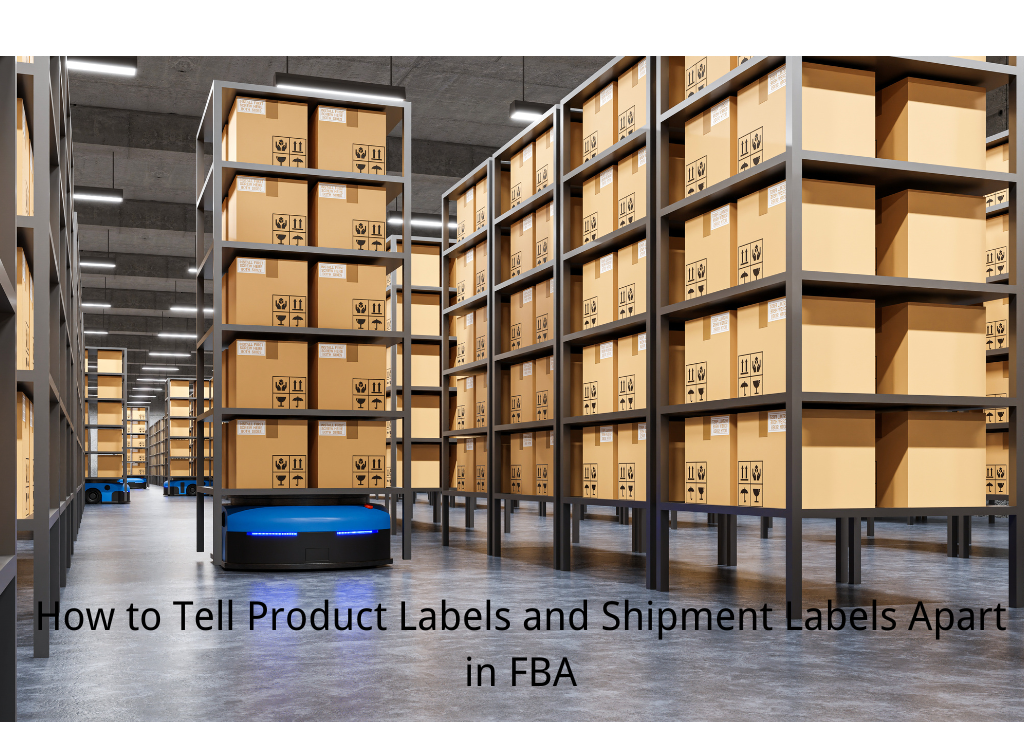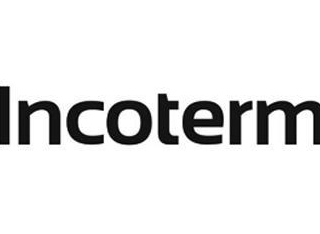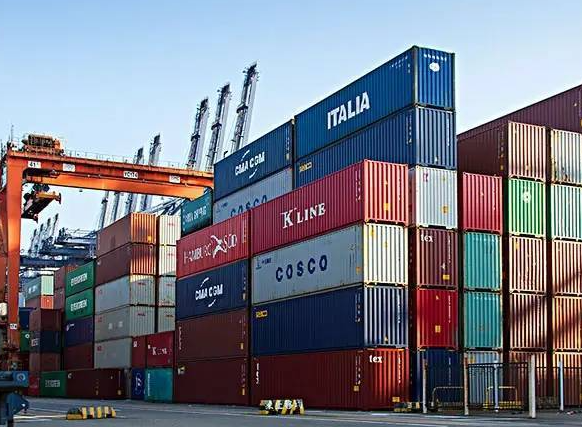In the complex landscape of international trade, Incoterms play a pivotal role in facilitating the smooth execution of trade agreements and transactions across borders. Established by the International Chamber of Commerce (ICC), Incoterms (International Commercial Terms) are standardized pre-defined terms used globally. These terms help define the responsibilities of sellers and buyers for the delivery of goods under sales contracts.
Why Are Incoterms Important?
- - Risk and Cost Allocation: Incoterms define the point in the transaction where risks and costs transfer from the seller to the buyer.
- - Clarity and Safety: They provide clarity and predictability to parties in different countries, thereby reducing misunderstandings.
- - Legal Clarity: These terms are recognized globally and often incorporated into contracts for international trade.
Key Incoterms Explained
The ICC regularly updates the Incoterms rules—most recently in 2020—to reflect changes in the global trade environment. Below are some of the most commonly used terms divided into groups based on their primary characteristics:
Group E – Departure
- - EXW (Ex Works): The seller makes the goods available at their premises. This term places minimum responsibility on the seller and maximum on the buyer.
- Group F – Main Carriage Unpaid
- - FCA (Free Carrier): The seller delivers the goods, cleared for export, to a carrier selected by the buyer.
- - FAS (Free Alongside Ship): The seller places the goods alongside the ship at the specified port of departure.
- - FOB (Free On Board): The seller loads the goods on board the vessel nominated by the buyer.
Group C – Main Carriage Paid
- - CFR (Cost and Freight): The seller must pay the costs and freight necessary to bring the goods to a named port of destination.
- - CIF (Cost, Insurance & Freight): Similar to CFR but with the addition that the seller must provide insurance against the buyer's risk of loss or damage to the goods during transit.
- - CPT (Carriage Paid To): The seller pays for the carriage of the goods up to the named place of destination.
- - CIP (Carriage and Insurance Paid to): Similar to CPT, but the seller also purchases insurance for the goods during transit.
Group D – Arrival
- - DAP (Delivered At Place): The seller delivers the goods at a destination named by the buyer, cleared for import, and not unloaded from the arriving vehicle.
- - DPU (Delivered at Place Unloaded): The seller delivers and unloads the goods at the named place, a change in the 2020 update from the former term DAT.
- - DDP (Delivered Duty Paid): The seller delivers the goods ready for unloading and assumes all costs, including import duties and other taxes.
Choosing the Right Incoterm
Selecting the appropriate Incoterm is crucial, as each one has different implications for the cost and risk associated with shipping and compliance. The choice of term should be based on:
- - Type of goods: Different goods may require different handling or insurance considerations.
- - Mode of transport: Some Incoterms are better suited to different modes of transport.
- - Level of control desired: How much control each party wants over the shipping process can influence the decision.
Conclusion
For parties involved in international trade, a thorough understanding of Incoterms is crucial. This knowledge ensures that goods are delivered efficiently, risks are managed effectively, and disputes are minimized. Always ensure that these terms are correctly included in contracts and understood by all parties to ensure a successful trade transaction. Involving experts in logistics and international trade law can provide additional assurance and help tailor contracts to specific needs and scenarios.
Referral:https://iccwbo.org/business-solutions/incoterms-rules/
2025-01-06
How to Tell Product Labels and Shipment Labels Apart in FBA
Navigating Amazon's Fulfillment by Amazon (FBA) system can be a game-changer for your e-commerce business. However, ensuring your products are correctly labeled is crucial for smooth operations. In FBA, product labels (FNSKU labels) and shipment labels serve distinct purposes. Understanding the differences between these labels can help you avoid costly mistakes and streamline your logistics process. Here's a comprehensive guide to help you distinguish between product labels and shipment labels in FBA.Understanding the Two Types of LabelsTo effectively manage your inventory and shipments within Amazon's FBA system, it's essential to grasp the fundamental differences between product and shipment labels. Both labels play pivotal roles, but they serve unique functions that cater to different aspects of the fulfillment process. To understand their specific purposes and applications, let's delve deeper into each type.Product Labels (FNSKU Labels)FNSKU stands for Fulfillment Network Stock Keeping Unit. These labels are unique identifiers Amazon assigns to each product you sell through FBA.Identification: FNSKU labels are unique to each product, allowing Amazon to track inventory accurately. They typically start with prefixes like "XOO" or "B0" and overlay the product's original barcode.Application: Each product unit must have an FNSKU label attached to its packaging. This ensures that Amazon can identify and manage each item separately within its vast fulfillment network.Purpose: The primary role of FNSKU labels is to enable Amazon's system to recognize and track your inventory. This ensures that products are correctly stored, picked, and shipped to customers, maintaining the integrity of your stock.Shipment LabelsShipment labels differ from product labels and are used to manage the overall shipment sent to Amazon's warehouses.Outer Package Identification: Shipment labels are affixed to the exterior of the boxes you send to Amazon. These labels include a shipment ID (e.g., FBAXXXXXX) and a shipment number.Multiple Box Identification: If your shipment consists of multiple boxes, each box will have a unique identifier like U001, U002, etc. This helps Amazon distinguish between different boxes within the same shipment.Purpose: Shipment labels facilitate the efficient handling of your packages upon arrival at Amazon's fulfillment centers. They help warehouse staff quickly verify which shipment the boxes belong to and ensure accurate processing and storage.Key Differences Between Product Labels and Shipment LabelsUnderstanding the distinct roles of product and shipment labels is crucial for maintaining an organized and efficient FBA process. Here are the primary differences that set them apart:Usage ContextProduct Labels: These are used for individual product identification within Amazon's inventory system. Each product unit in your shipment must have its own FNSKU label.Shipment Labels: Used for managing entire shipments and their constituent boxes. These labels are only applied once per box, regardless of the number of products inside.Application ProcessProduct Labels: You must print and apply an FNSKU label to every product unit. This requires careful attention to ensure each item is correctly labeled before shipping.Shipment Labels: Print a shipment label for each box in your shipment. The number of shipment labels corresponds to the number of boxes you send to Amazon.Visual IdentificationProduct Labels: Typically smaller and placed directly on the product's packaging, covering the original barcode. They contain the FNSKU code, which is unique to each product.Shipment Labels: Larger and placed on the outside of the shipping boxes. They include shipment IDs and box numbers, making them easily visible for quick identification.Practical Scenarios: When to Use Each LabelTo ensure your shipments are processed smoothly, knowing when and how to use each type of label effectively is important. Here are some common scenarios:Single Product ShipmentIf you're sending a shipment containing only one type of product, each unit will have an FNSKU label, and each box will have a shipment label. This ensures that both individual products and the overall shipment are properly tracked.Multiple Product ShipmentEach product unit will still require an FNSKU label for shipments containing different types of products. Additionally, each box will need a shipment label with a unique box number to differentiate between the various products inside.Printing and Applying LabelsCorrectly printing and applying labels is crucial to avoid errors during fulfillment. Here's how to handle each type of label:Printing Product LabelsQuantity: Print one FNSKU label for each product unit in your shipment.Quality: Use a high-quality printer to ensure the barcode is clear and scannable. Blurry or smudged labels can lead to scanning errors and inventory issues.Placement: Place the FNSKU label outside the product's packaging, covering the original barcode if necessary. Ensure it's easily accessible for scanning.Printing Shipment LabelsQuantity: Print one shipment label for each box in your shipment.Visibility: Attach the shipment label to a flat surface outside the box. Avoid placing labels on seams or corners where they might be obscured.Durability: Use durable label paper to withstand handling and transportation without tearing or fading.Best Practices for Labeling in FBAImplementing best practices for labeling can significantly enhance the efficiency and accuracy of your FBA operations. Here are some recommendations:Double-Check Requirements: Always refer to Amazon's latest FBA labeling guidelines to ensure compliance. Requirements may change, and staying updated helps avoid mistakes.Organize Your Shipment: Clearly label each box and product to streamline the receiving process at Amazon's warehouses. Organized shipments reduce the risk of errors and delays.Use Labeling Software: Consider using specialized FBA labeling software to automate the process, especially for larger shipments. This can save time and minimize human error.Test Scannability: Before finalizing your shipment, test the scannability of your labels to ensure Amazon's systems can read them without issues.Keep Backup Labels: Have spare labels on hand in case of printing errors or damaged labels. This ensures you can quickly replace any problematic labels without disrupting your shipment timeline.ConclusionCorrectly distinguishing and applying product labels (FNSKU) and shipment labels is essential for a seamless FBA experience. By understanding their differences and following best practices, you can ensure your products are accurately tracked and efficiently processed within Amazon's fulfillment network. Proper labeling prevents inventory errors and enhances your overall logistics efficiency, contributing to better customer satisfaction and business growth.For more detailed information, always refer to Amazon's FBA Labeling Guidelines and stay updated with any policy changes to maintain compliance and optimize your FBA operations.
2024-06-06
Unpacking the CFR Incoterm
Cost and Freight (CFR) Shipping IncotermThe Cost and Freight (CFR) incoterm is a widely used agreement in international trade that defines the responsibilities and costs associated with the transportation of goods from the seller to the buyer. This incoterm is particularly relevant for shipments transported by sea or inland waterway.Under the CFR incoterm, the seller is responsible for arranging and paying for the carriage of the goods to the named port of destination. However, the risk of loss or damage to the goods is transferred from the seller to the buyer once the goods have been delivered to the first carrier.Key Responsibilities Under CFR:1. Seller's Obligations: - Arrange and pay for the transportation of the goods to the named port of destination. - Clear the goods for export, if required. - Provide the buyer with the necessary documentation, such as the commercial invoice, packing list, and bill of lading.2. Buyer's Obligations: - Take delivery of the goods at the named port of destination. - Arrange and pay for the insurance coverage of the goods from the time the risk has passed to the buyer. - Handle and pay for any additional costs, such as import duties, taxes, and customs clearance, after the goods have been delivered at the port of destination.Advantages of CFR Incoterm:- Simplifies the logistics and transportation process for the seller, as they are responsible for arranging and paying for the carriage of the goods.- Provides the seller with more control over the shipping process and the ability to negotiate better freight rates.- Allows the buyer to focus on the import and customs clearance procedures at the destination port.Considerations for Using CFR:- Ensure that the named port of destination is clearly specified in the contract.- Understand the risks associated with the transportation of the goods, as the risk of loss or damage transfers to the buyer upon delivery to the first carrier.- Carefully review the documentation, such as the bill of lading, to ensure that it accurately reflects the agreed-upon terms and conditions.In SummaryThe Cost and Freight (CFR) incoterm is a commonly used agreement in international trade that outlines the responsibilities and costs associated with the transportation of goods by sea or inland waterway. By understanding the nuances of this incoterm, businesses can make informed decisions and effectively manage their global supply chain operations.
2024-06-12
What Is An NVOCC
In the complex world of logistics and shipping, the roles of various entities often overlap, leading to potential confusion. Among the key players are Non-Vessel Operating Common Carriers (NVOCCs) and Freight Forwarders. Both entities play crucial roles in the global transportation of goods, but their functions and responsibilities differ significantly.Definition of NVOCCAn NVOCC, or Non-Vessel Operating Common Carrier, is an intermediary that provides ocean freight services without operating the vessels themselves. Essentially, NVOCCs consolidate smaller shipments into full container loads, which they book with shipping lines. In turn, they issue their own bills of lading to the shippers, indicating the receipt of the goods and the terms of transport. NVOCCs can act as carriers even though they do not own ships; they lease space from actual vessel operators and resell it to shippers.Responsibilities and Functions of NVOCCsNVOCCs play a pivotal role by bridging the gap between shippers and vessel operators. They have the authority to issue bills of lading, which serve as proof that the cargo has been received and will be transported as per the agreed terms. By consolidating shipments, NVOCCs can often secure better shipping rates due to the volume of cargo they manage, making them a cost-effective solution for many shippers.Understanding Freight ForwardersIn contrast, a Freight Forwarder is more of a comprehensive service provider in logistics. Freight Forwarders organize the shipment of goods from point A to point B on behalf of the cargo owner. They can arrange the entire logistics process, including air, sea, and inland transportation, customs clearance, and warehousing. Unlike NVOCCs, Freight Forwarders do not issue their own bills of lading but manage the shipping documentation required, coordinate with various transportation modes, and ensure that regulatory compliance is met.Key Differences Between NVOCCs and Freight Forwarders1. Issuance of Bills of Lading: - NVOCCs issue their own bills of lading, taking on carrier responsibilities. - Freight Forwarders do not issue their own bills; instead, they handle the documentation and logistics coordination.2. Legal Status and Carrier Responsibility: - NVOCCs act as carriers, even though they do not own vessels. They lease space and sell portions of it to shippers, assuming liability for the cargo during transit. - Freight Forwarders are intermediaries that facilitate the movement of goods. Their role is more about organizing and managing logistics rather than assuming carrier responsibilities.3. Service Scope: - NVOCCs focus primarily on ocean freight services, consolidating shipments to take advantage of economies of scale. - Freight Forwarders offer a broader range of services, covering all aspects of shipping logistics, from air and ocean freight to inland transportation, customs clearance, and warehousing.ConclusionUnderstanding the distinct roles of NVOCCs and Freight Forwarders is crucial for businesses navigating the global shipping landscape. While both entities facilitate the transportation of goods across borders, their responsibilities and levels of involvement differ significantly. NVOCCs function as carriers with a specific focus on ocean freight consolidation, while Freight Forwarders provide comprehensive logistics services, managing every detail of the supply chain.By leveraging the strengths of both NVOCCs and Freight Forwarders, shippers can optimize their logistics strategies, ensuring efficient, cost-effective, and reliable delivery of goods worldwide.



